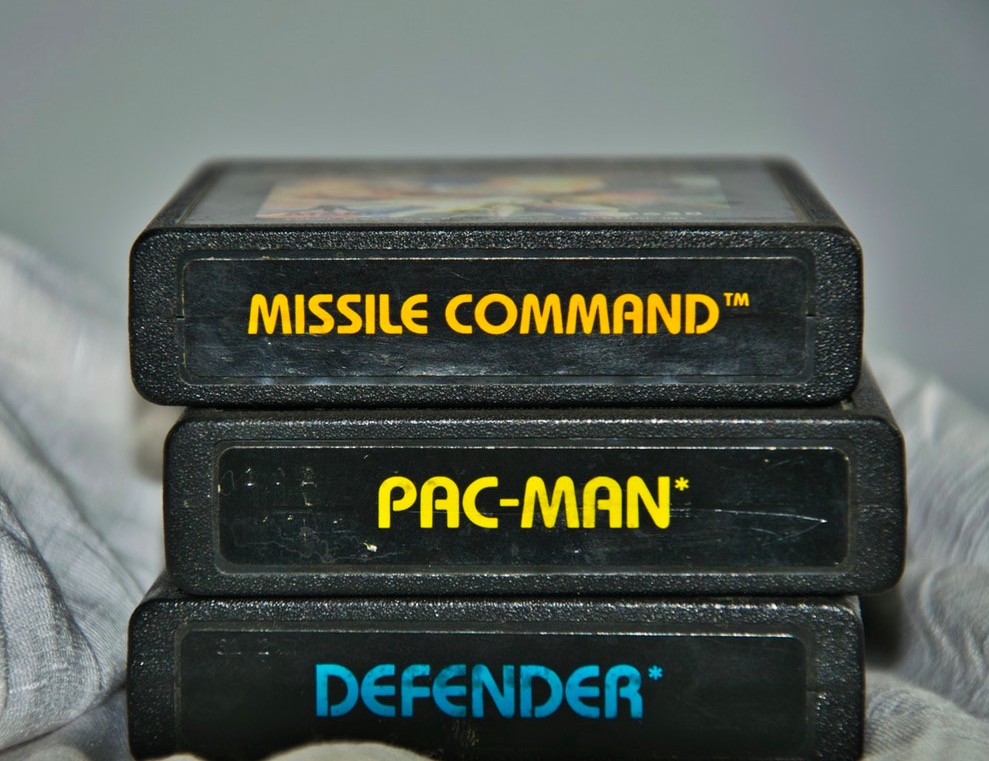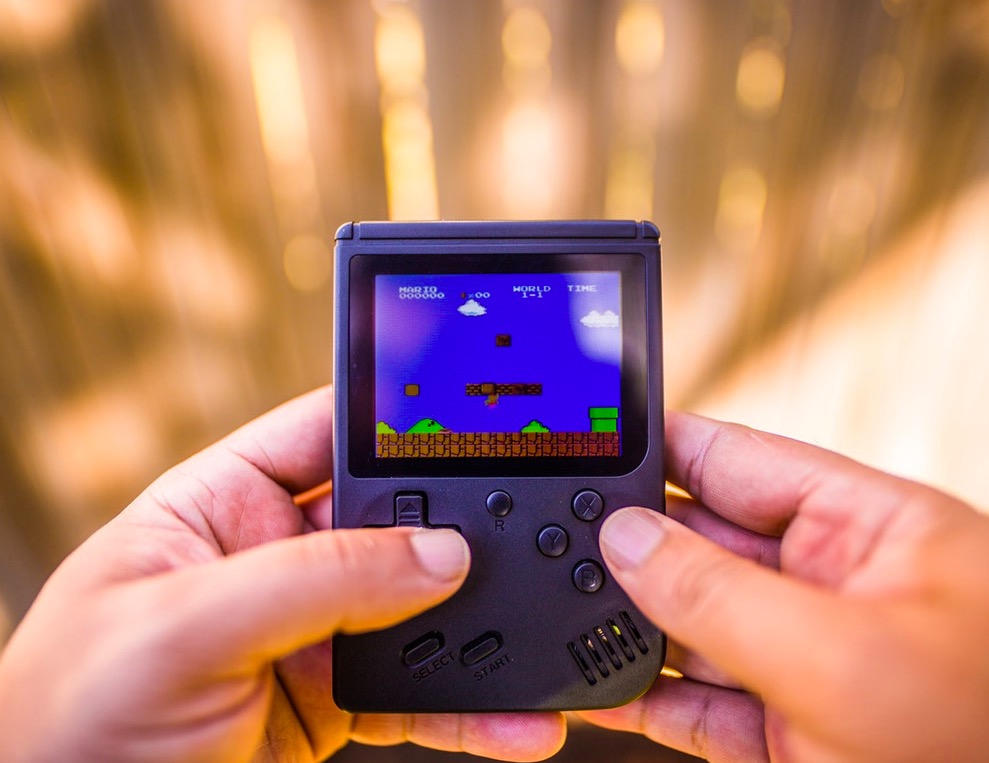Keeping up with the rapid advancements of the 21st century can be exhausting at times, but luckily for us, nostalgia is our childhood friend that will always have our back. So let’s pull up our ankle socks as we press play on our journey through retro gaming.
Tutorial: An introduction
Imagine a time not so long ago; before the rise of 3D, high definition screens, and virtual reality headsets. There was a golden era in our gaming history where a handful of bits ruled the world. Now, these games may be referred to as old school, retro, and classic – especially since many of their operating systems are obsolete or outdated.
Because of this, we have one of three champions to choose from before we move forward:
The first is vintage retrogaming, where we play classic games on the original hardware. The second one is retro Gaming emulation, where we use more modern operating systems to simulate the classic game. The last is ported retrogaming, where we play classic games on modern hardware through the use of a port.

Once the champion has been chosen, scroll down to continue.
Round one: Arcades
Arcades can be seen as the cradle of gaming kind, birthing some of the most influential games that still grace our modern malls today. From the mechanical wonders of the pinball machine to the eight-bit legends of ‘Pac-man’, ‘Donkey Kong’, ‘Galaga’, and ‘Pong’. Names like Namco, Atari, Sega, Nintendo, and SNK to name a few had high scores in the arcade industry.
Round two: Handhelds
The release of the Nintendo Gameboy was the game-changer that welcomed in a new wave of handheld popularity in the ‘90s. Other high selling handhelds included the Atari Lynx, Sega Nomad, Neo-Geo Pocket Color, and the Game Boy Color. This is where 16-bit games like Tetris, ‘Super Mario Land’, ‘Pokémon’, ‘Samurai Showdown’, and ‘Crash Bandicoot’ reigned supreme.

Round three: Computers and consoles
Home gaming started to evolve from the ‘70s with personal computers and consoles. As a result of Intel’s microprocessors, PC games like ‘Quake’ and ‘Doom’, as well as game cartridges like ‘Space Invader’, ‘The Legend of Zelda’, ‘Pitfall’, and updated old favorites like ‘Super Mario’ became household names. Atari, Sega, and Nintendo remained all-stars as retro console gaming brands.
K.O: Where has retro gaming ended up?
Gamers that play the aforementioned retro games are few and far between in comparison to the current market, forming a niche group within the gaming community. But as emulation technology becomes increasingly accessible, more gamers may find themselves preserving the art of enjoying these innovative and simplistic types of games. However, this is only just the tip of the retro gaming iceberg. As modern games continue to evolve at such a rapid rate, the scope of retro games will grow larger and larger.

Handhelds are still going strong today and don’t seem to be making a switch anytime soon. This means that there are some more recent retro gaming handheld options available, such as the Nintendo DS and PSP. The same goes for computers and consoles, with retro players often seeking emulated online offerings.
To play a game is to indulge in a little escapism and many may feel that retro gaming speaks to a more authentic sense of escape. We are not only lost in a 2D game, but in another era altogether.










